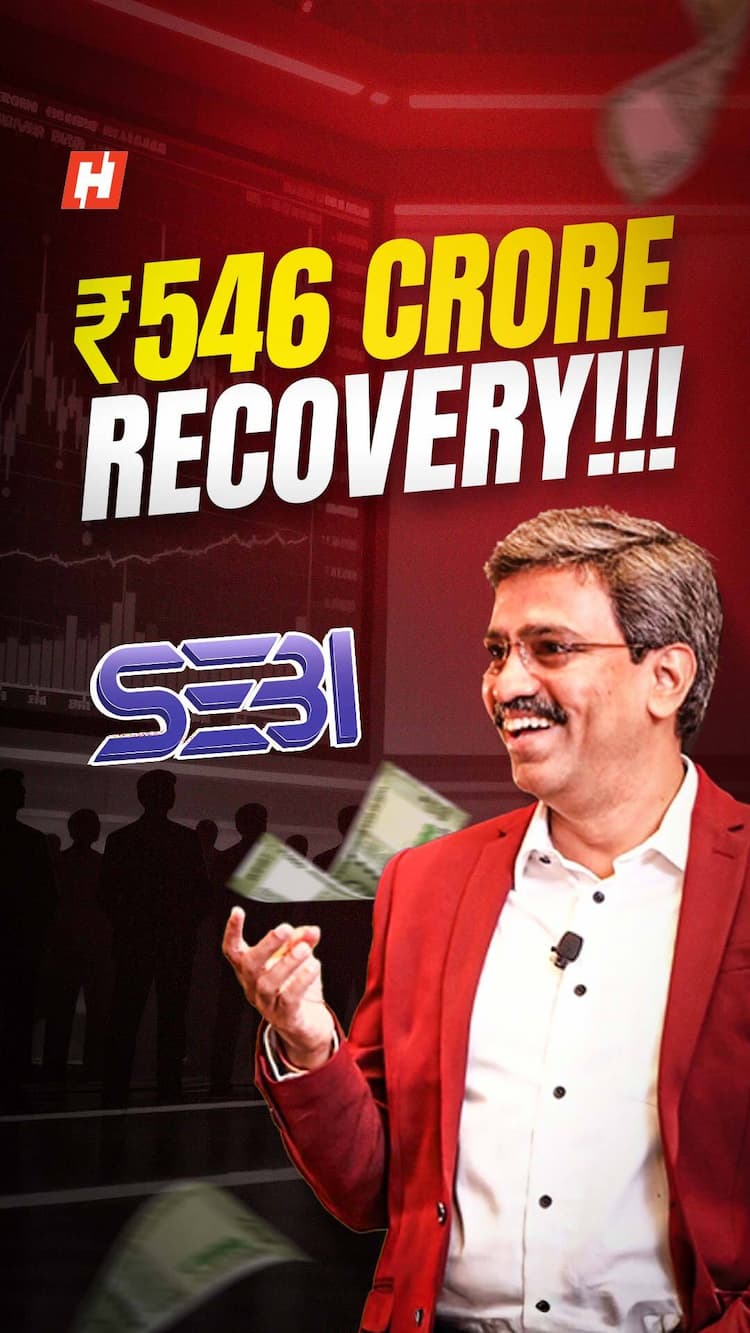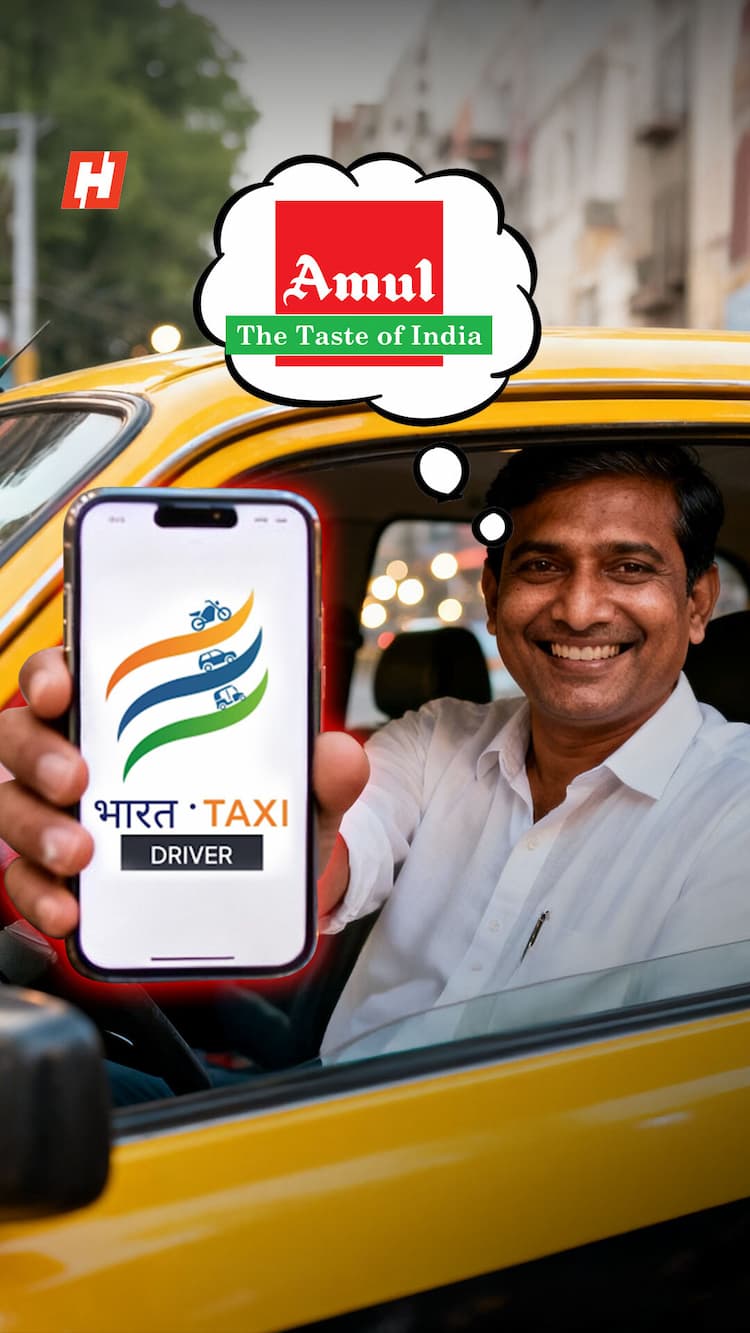India’s EV boom: From 0.7% to 7.35% in 5 years!
India is rapidly embracing electric vehicles (EVs), marking a significant shift from petrol-powered transportation. EV penetration has surged from a mere 0.71% in 2019 to an impressive 7.35% in 2024-25, reflecting growing consumer confidence and policy support. With over 2 million EVs sold in 2024 alone—accounting for an 8% market share—the transition to electric mobility is already well underway. Projections by SBI Capital Markets estimate that by 2030, 30-35% of all vehicles in India could be electric.
Several factors are driving this rapid adoption. Government incentives, such as subsidies under the FAME (Faster Adoption and Manufacturing of Electric Vehicles) scheme and state-level benefits, have made EVs more accessible. Additionally, advancements in battery technology, expanding domestic manufacturing, and rising fuel prices have nudged consumers toward electric alternatives.
However, challenges remain. The high initial cost of EVs continues to be a barrier for many buyers, despite long-term savings on fuel and maintenance. Charging infrastructure, though improving, is still inadequate in many regions, particularly in rural areas. Range anxiety and battery performance concerns also persist, affecting consumer confidence in long-distance travel.
Yet, the momentum for EVs in India is undeniable. Major automobile manufacturers are ramping up production, and startups are innovating in the space with affordable and efficient models. The government’s push for localized battery production and charging infrastructure expansion will further accelerate adoption.
While India may not completely abandon petrol vehicles in the near future, the transition to electric mobility is progressing at an unprecedented pace. If current trends continue, EVs are set to dominate India’s roads, marking a sustainable and cleaner future for transportation.









